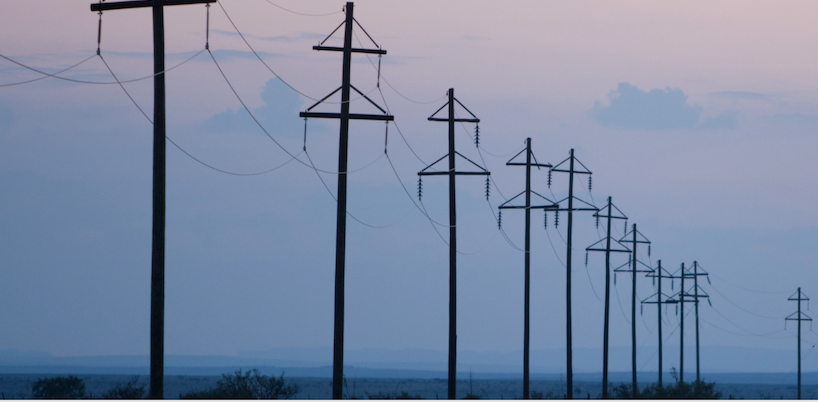Aladon just launched a data-driven maintenance program for the MTR in Hong Kong. Aladon was selected for the project when MTR sought to develop a maintenance program reviewed by the reliability centered maintenance (RCM3™) methodology. “After working with MTR in a pilot program in past summer, they confirmed their commitment to using RCM3 across their […]
News
Case study: Large utility company uses RCM3™ to save money and time – even in a pandemic
When a large electric generation and distribution utility company needed Reliability Centered Maintenance training and analyses on critical systems and assets, they turned to Aladon for support. Challenge: Critical assets for a large utility company with multiple facilities needed a more cost-effective, standardized and reliable maintenance process across all their assets The utility company generally […]
Case Study: Large WWTP completes RCM3™ analyses prior to plant construction
Traditionally, water and wastewater utility companies generally use OEM recommendations for asset care and maintenance. As always with OEMs, they ignore the Operating Context and some of these OEM recommended tasks are not needed (not technically feasible) and a general waste of time, money, and resources. This is not only because the OEMs are wrong, […]
Understanding the difference between FMEA (FMECA) and RCM
When it comes to selecting an approach to maintaining equipment, many organizations choose between FMEA and RCM, failure modes and effects analysis, and reliability centered maintenance. While both FMEA and RCM are important processes to maintaining equipment, FMEA alone is not usually robust enough. First used in the 1940s by the U.S. military, FMEA is […]
How Risk Centered Spares can help solve supply chain woes
By Theuns Koekemoer As the world slowly recovers from strict global lockdown and travel restrictions, we continue to experience the impact of supply shortages. Many industries have been hit hard due to the short supply of critical components, with no end in sight. This has led organizations to struggle to decide where to apply scarce […]
Aladon’s Risk Centered Spares to solve supply chain concerns
That car you wanted in red is only available in black, thanks to chip shortages. Your favorite cupboard staple marinara sauce hasn’t been around in weeks. And that couch you ordered last summer? Still no sign of it. What started in March 2020 with toilet paper hoarding, resulting in empty shelves in mega stores was […]
Aladon thoughtware leads to better preparedness… even in a pandemic
By Jay Shellogg, Aladon Network Member and Director of Reliability Services at Strategic Maintenance When it comes to building a reliability culture, organizations that focus on asset life-cycle management strive to be prepared for anything. Except maybe a pandemic. Organizations I have worked with in the past have recognized unique regional impacts such as earthquakes, […]
Businesses are adjusting their approach to reliability in 2021
For decades we at Aladon guided organizations to become more resilient and prepared for what otherwise seems unpredictable by building a reliability culture. With proper training, implementation and support and strong relationships, we’ve seen this system work for thousands of clients around the world. And then with little warning, the pandemic continues to test the […]
RCM: On-Condition Task Interval Determination
Written by Gary West The P-F curve shows the time interval between when a failure-in-the-making can be identified (potential failure, P) and the actual failed state where acceptable performance standards are no longer sustained (functional failure, F). This P-F interval is also known as: The warning period The lead time to failure The failure development […]
The Net P-F Interval Explained
Owning physical assets means maintaining them in an efficient and cost effective way. Key to understanding asset management is the P-F curve, which we explained in a previous blog, and the net P-F interval. The net P-F interval is the minimum interval likely to elapse between the discovery of an asset’s potential failure and the […]









